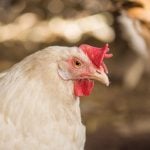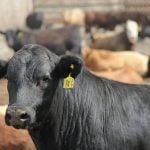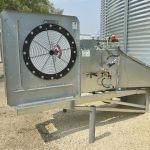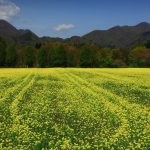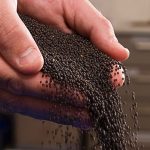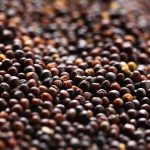Cover crops have been much heralded as possible wonder fits for Canadian Prairie cropping systems. Sometimes they might fit. It really depends heavily on our most important nutrient of all — water — and the type of following crop you intend to grow. In many years of Prairie crop evaluations, it is no surprise that […] Read more
